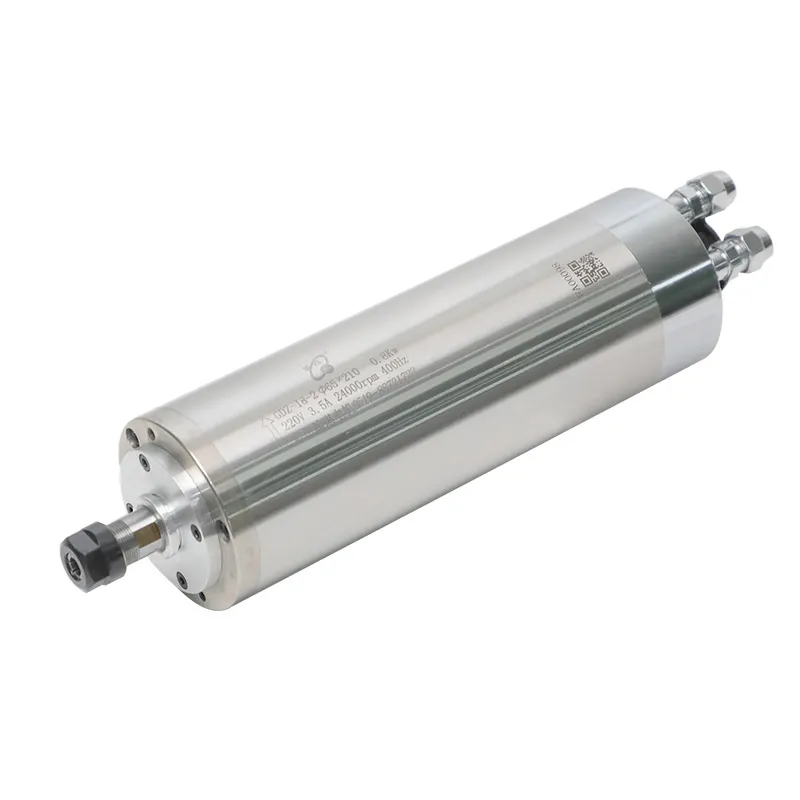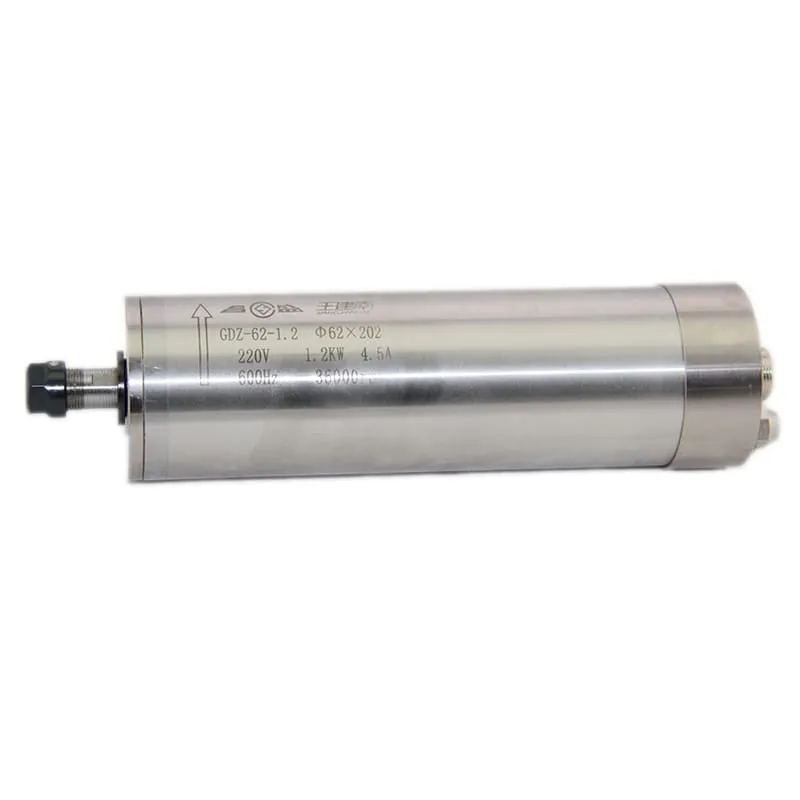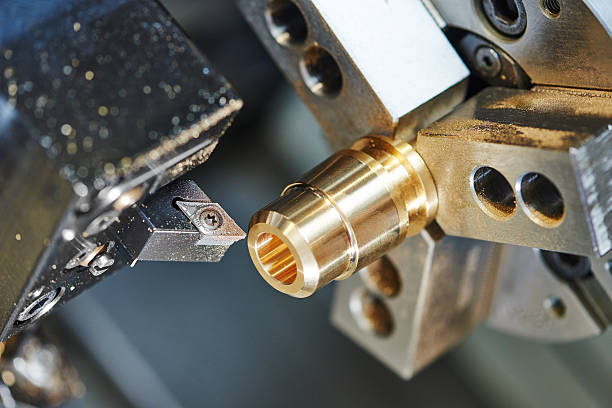When it comes to precision cutting technology, CNC waterjet cutting is one of the most versatile and effective methods available. Whether you’re working with metals, ceramics, glass, or even rubber, a CNC waterjet can cut through a wide variety of materials with remarkable accuracy. However, the initial and ongoing costs of acquiring a CNC waterjet can vary significantly depending on several factors. This comprehensive guide aims to answer the question, “How much does a CNC water jet cost?”, and provide you with a clear understanding of what influences these costs and why waterjet cutting might be worth the investment.
Introduction to CNC Waterjet Cutting
A CNC waterjet uses high-pressure water mixed with an abrasive substance to cut through different materials. This process is controlled by Computer Numerical Control (CNC), which allows for extreme precision and minimal waste. CNC waterjets are widely used in various industries, from manufacturing to artistic design, due to their ability to perform complex cuts without generating heat-affected zones or deformation in materials.
The versatility of a CNC waterjet is unmatched, making it a valuable addition to any workshop that requires high-quality precision cutting. This article will explore what factors influence the waterjet cutting cost and what you need to consider if you’re planning to invest in one.
What Influences the Cost of a CNC Water Jet?
The price of a CNC water jet machine is influenced by several factors, including the type of waterjet cutting machine, the brand, features, and maintenance requirements. Below, we dive into the most significant factors that affect the overall cost.
1. Type of Waterjet Cutting Machine
There are mainly two types of CNC waterjet cutting systems: pure waterjets and abrasive waterjets. Each has distinct capabilities and uses.
- Pure Waterjet: This system uses high-pressure water to cut through soft materials like rubber, foam, or even food products. Pure waterjets are generally less expensive compared to abrasive systems.
- Abrasive Waterjet: These machines mix water with an abrasive substance, typically garnet, to cut through hard materials such as metals and ceramics. Abrasive waterjets tend to be more costly due to the additional cost of abrasives and their overall complexity.
2. Machine Size and Power
The size and power of the CNC waterjet play a significant role in determining the price. For instance, larger machines with higher horsepower pumps can cut thicker materials and accommodate larger sheets. However, such machines come at a premium price.
Table: Cost Estimates Based on Machine Size and Power
| Machine Type | Size | Pump Power (HP) | Approximate Cost ($) |
|---|---|---|---|
| Entry-Level Waterjet | Small | 20-30 HP | $60,000 – $100,000 |
| Mid-Range Waterjet | Medium | 50-60 HP | $150,000 – $300,000 |
| Industrial Waterjet | Large | 100+ HP | $400,000 – $1,000,000 |
3. Cutting Table and Features
The cutting table size is another cost factor. Larger cutting tables can accommodate larger workpieces, providing the flexibility to work with diverse projects. Advanced features such as automated height sensors, multi-axis cutting heads, and high-precision nozzles can also increase the overall cost.
For example, machines equipped with multi-axis cutting heads allow for the creation of more intricate designs, which is particularly beneficial for industries that require complex part geometries, such as aerospace or automotive.
Initial Investment vs. Operating Costs
Initial Purchase Cost
The initial cost of purchasing a CNC waterjet machine includes the base price of the machine, shipping, installation, and any necessary customizations. The base price, as previously mentioned, can range from $60,000 for smaller models to $1 million or more for larger, high-powered units.
Operating Costs
The operating cost of a CNC waterjet machine includes abrasive material, electricity, water, and maintenance. Here is a breakdown of typical ongoing expenses:
- Abrasives: The cost of garnet abrasives can be a substantial part of running a waterjet. Expect to pay anywhere from $0.25 to $0.50 per pound of abrasive material.
- Electricity: Running a high-powered pump consumes a significant amount of electricity, which can range between $5 to $15 per hour depending on the machine’s power rating.
- Water Consumption: CNC waterjets use a lot of water, especially during intensive operations. This cost is generally $2 to $4 per hour.
- Maintenance: Routine maintenance, such as replacing nozzles, seals, and filters, can add up. Expect maintenance costs to be around $1,000 annually for a well-maintained machine.
Waterjet Cutting Cost per Hour
Considering all operating factors, the waterjet cutting cost per hour typically ranges between $25 to $50. This cost can fluctuate based on material thickness, pump efficiency, and whether you’re running an abrasive or pure water system.
Benefits of Investing in a CNC Waterjet
While the cost of acquiring a CNC waterjet may seem substantial, the advantages that come with it often justify the investment. Some of the key benefits include:
- No Heat-Affected Zones (HAZ): Unlike laser or plasma cutting, waterjet cutting does not generate heat, meaning there is no risk of deforming or altering the physical properties of the material.
- Material Versatility: A CNC waterjet can cut virtually any material, including metals, glass, ceramics, composites, and plastics.
- Precision and Finish Quality: The accuracy and finish quality of a waterjet are superior, often eliminating the need for secondary finishing processes.
- Environmentally Friendly: Since waterjets do not generate hazardous waste, they are considered an environmentally friendly option compared to other cutting technologies.
Factors to Consider Before Buying a CNC Waterjet
1. Type of Materials You Will Cut
The type of materials you plan to cut will significantly influence the type of waterjet you should purchase. If your focus is on softer materials like foam or plastic, then a pure waterjet will suffice. However, for harder materials such as titanium or stainless steel, an abrasive waterjet is necessary.
2. Budget Considerations
Purchasing a CNC waterjet is a major investment, and it’s important to consider both the initial and ongoing costs. If your budget is limited, consider purchasing a smaller unit or even a used CNC waterjet. The downside to used machines is that they may require more maintenance or upgrades.
3. Space Requirements
A CNC waterjet machine requires adequate space not only for the machine itself but also for the high-pressure pump and water filtration system. Ensure you have sufficient space for these components as well as for moving large sheets of material to and from the machine.
Recommended Spindle Motors for Waterjet Systems
If you’re planning to integrate spindle motors into your CNC system to complement your waterjet machine, choosing the right one is crucial for achieving efficient and precise outcomes. We recommend:
- 24000RPM 0.8KW ER11 Water-Cooled Spindle: Ideal for achieving precision when combined with waterjet cutting systems.

- 60000RPM 1.2KW ER11 Water-Cooled Spindle: Excellent for high-speed precision tasks, ensuring that each cut is as accurate as possible.

Conclusion
The cost of a CNC water jet machine is influenced by numerous factors, including machine type, size, power, and additional features. While the initial investment can range from $60,000 to $1 million, the long-term benefits, such as versatility, precision, and operational efficiency, often make it a worthwhile investment for businesses that require high-quality precision cutting.
By understanding both the initial and ongoing costs of a CNC waterjet, you can make an informed decision that best suits your business needs. With its capability to cut through nearly any material without compromising quality, a CNC waterjet is an excellent addition to any workshop.
Interested in elevating your machining capabilities? Visit our CNC Spindles page to find the perfect spindle to match your cutting system. With the right combination of tools and technology, you can ensure your CNC waterjet investment pays off in no time.
Frequently Asked Questions
1. How much does a CNC waterjet machine cost?
The cost of a CNC waterjet can range from $60,000 for a smaller, entry-level machine to over $1 million for large, industrial-grade systems with advanced features.
2. What materials can a CNC waterjet cut?
CNC waterjets can cut a wide variety of materials, including metals, plastics, glass, stone, ceramics, and rubber.
3. How does a waterjet cutting machine work?
A waterjet cutting machine uses high-pressure water mixed with an abrasive material to cut through different materials with extreme precision, guided by a CNC controller.
4. Is waterjet cutting expensive to operate?
The operating cost of a waterjet cutter typically ranges from $25 to $50 per hour, which includes abrasives, water, and electricity.
5. Why choose a water-cooled spindle for waterjet systems?
Water-cooled spindles run cooler and more efficiently, especially for prolonged operations. They are a great complement to waterjet systems, ensuring both cooling and operational efficiency.
Feel free to reach out for more information on waterjet systems and spindle motors at CNC Spindles. Let’s make your CNC journey an efficient and successful one!

